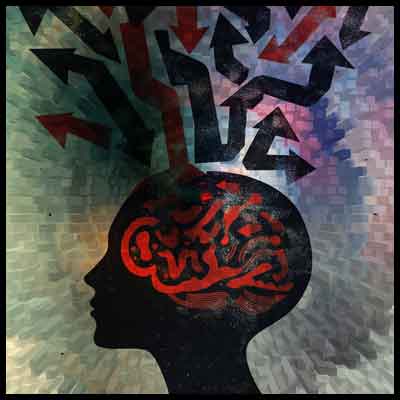Solving train scheduling and other complex problems with AI
Apr. 18, 2025.
2 mins. read.
Interactions
Machine learning cuts train scheduling time by half, improving on-time departures and tackling other logistical challenges efficiently.
Engineers face tough challenges when scheduling commuter trains. Trains arrive at stations and need to move to switching platforms. This turns them around for departure, often from different platforms. With thousands of weekly train movements, planning gets complicated. Engineers use algorithmic solvers to find solutions.
However, traditional solvers struggle with such complex problems. They take too long to plan all movements at once. This delays train departures and frustrates passengers. MIT researchers developed a faster method using machine learning. Their approach cuts planning time by up to 50 percent. It also creates better schedules, ensuring more trains leave on time. This method could help solve other logistical issues, like scheduling hospital staff or assigning tasks to factory machines.
A Smarter Way to Plan
The researchers’ method, called learning-guided rolling horizon optimization (L-RHO), breaks big problems into smaller chunks. Each chunk, or subproblem, covers a few hours of planning. Engineers solve one subproblem at a time, then move to the next. This approach, known as rolling horizon optimization, creates overlaps between chunks. Overlaps force solvers to redo some decisions, slowing the process. L-RHO uses machine learning to spot which decisions can stay unchanged. These unchanged decisions, or frozen variables, skip redundant calculations. A traditional solver then handles the remaining decisions.
To train the machine-learning model, the researchers used solutions from a classical solver. They picked the best solutions, where fewer decisions needed redoing, as training data. Once trained, the model predicts which decisions to freeze for new subproblems. This speeds up planning and improves schedules. Tests showed L-RHO reduced solve time by 54 percent and improved schedule quality by 21 percent. It even worked well for complex cases, like when trains face congestion or machines break down.
This method adapts to changing goals without needing new software. It only requires new training data. Researchers plan to explore why the model freezes certain decisions. They also want to apply L-RHO to other problems, like managing inventory or routing vehicles.
This work, published as a conference paper at ICLR 2025, offers a scalable way to tackle tough logistical challenges efficiently.
Let us know your thoughts! Sign up for a Mindplex account now, join our Telegram, or follow us on Twitter.


.png)

.png)


.png)




0 Comments
0 thoughts on “Solving train scheduling and other complex problems with AI”